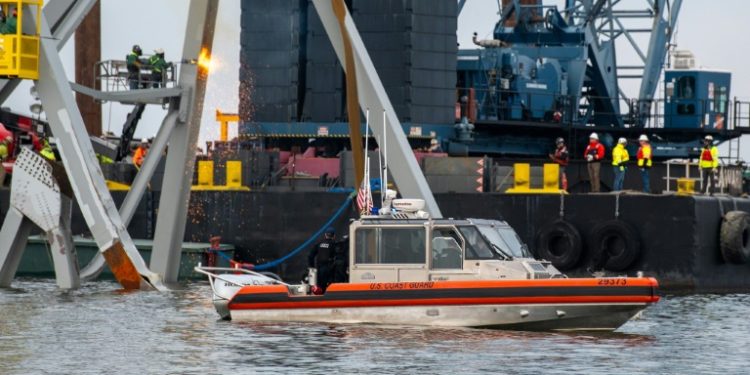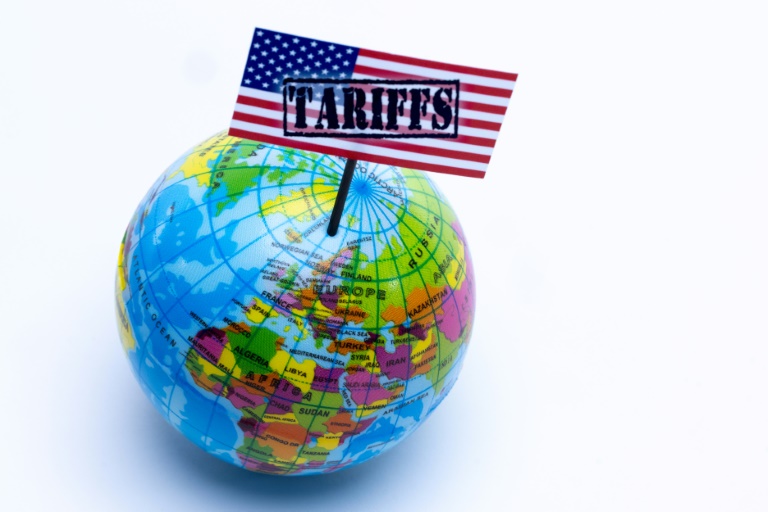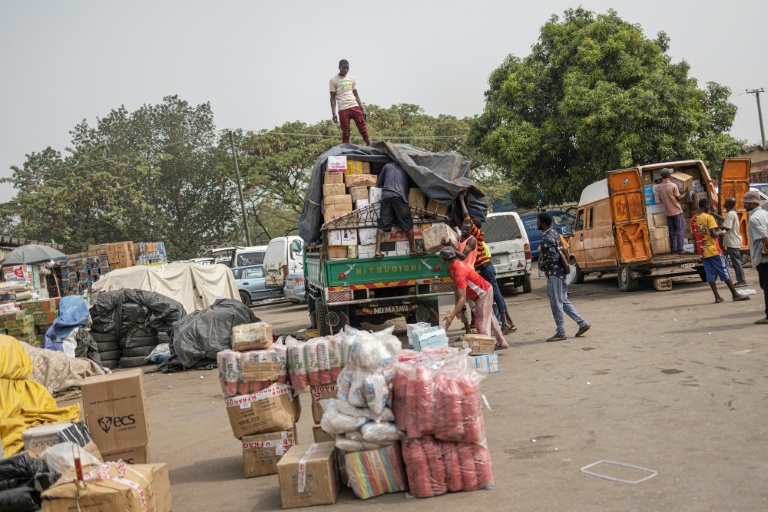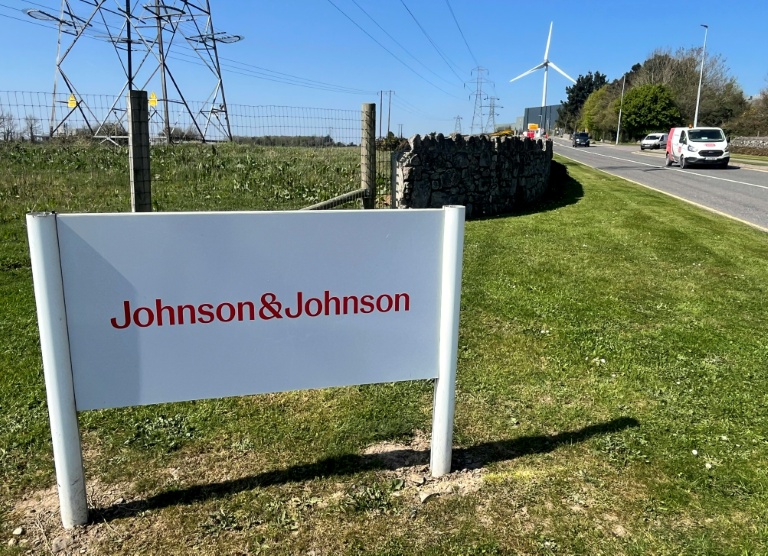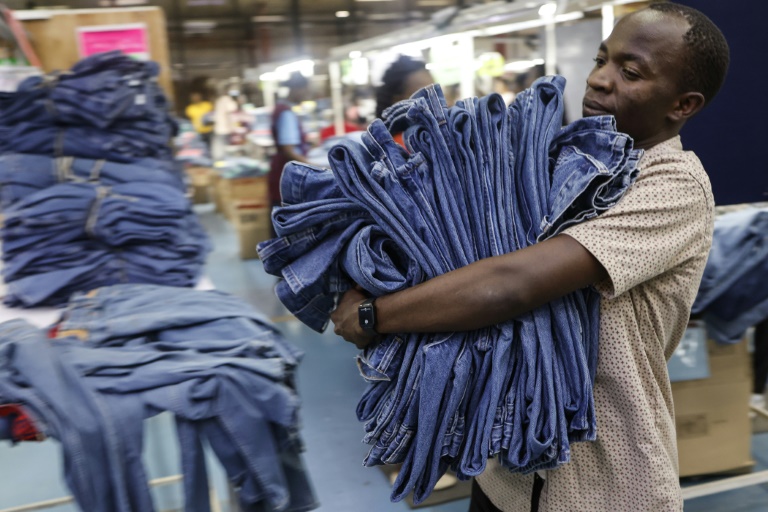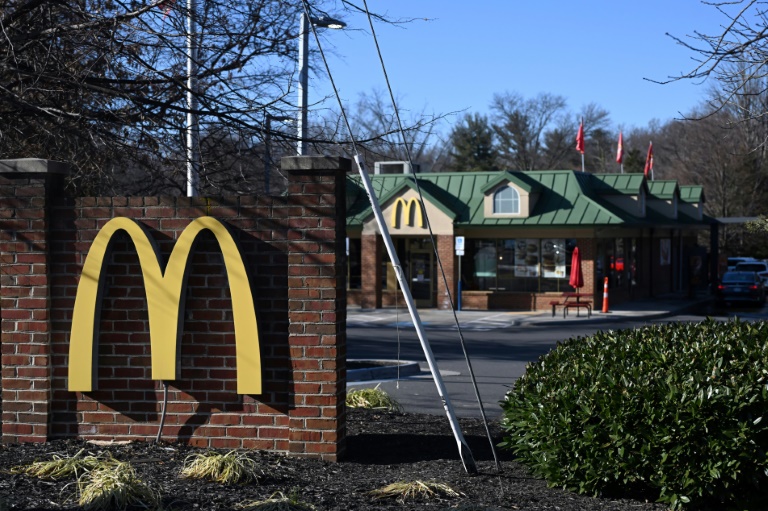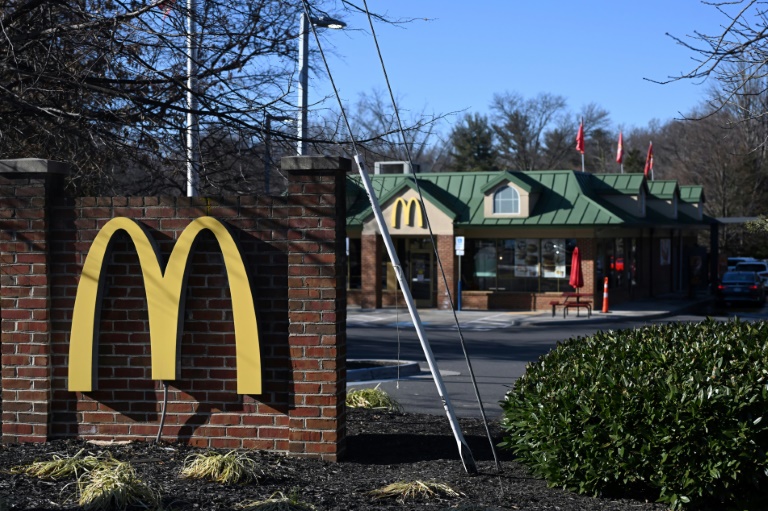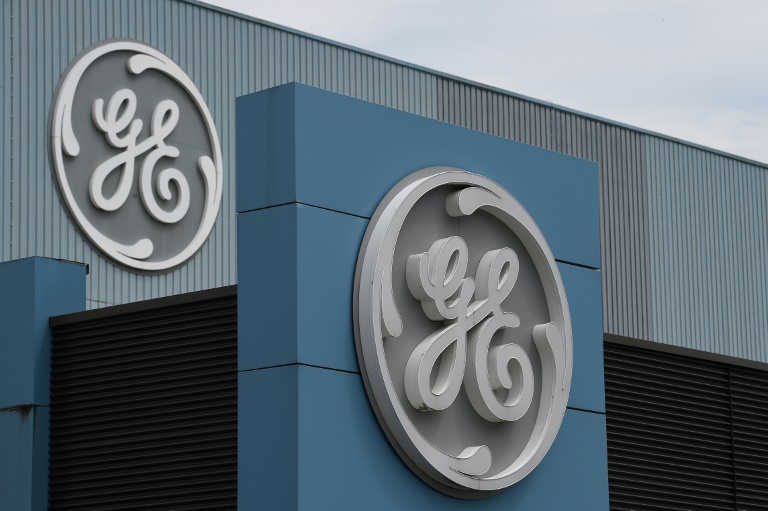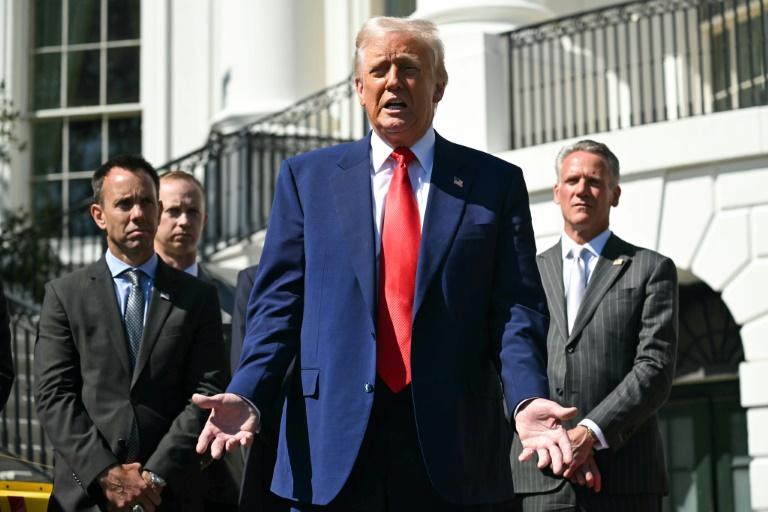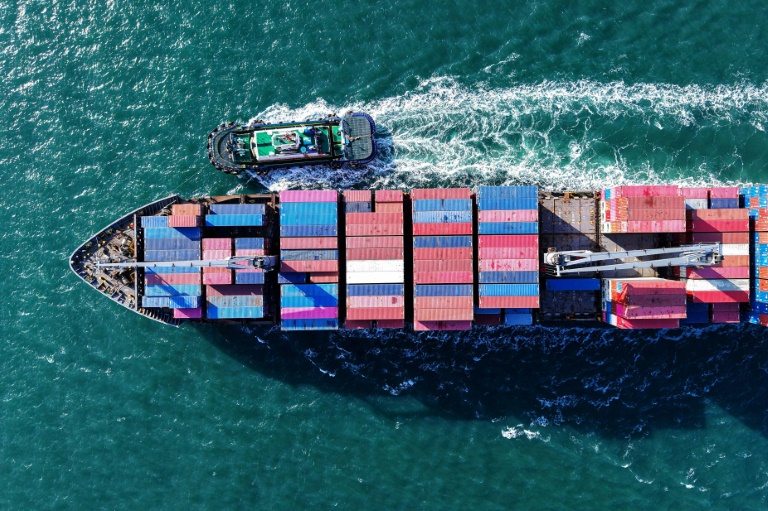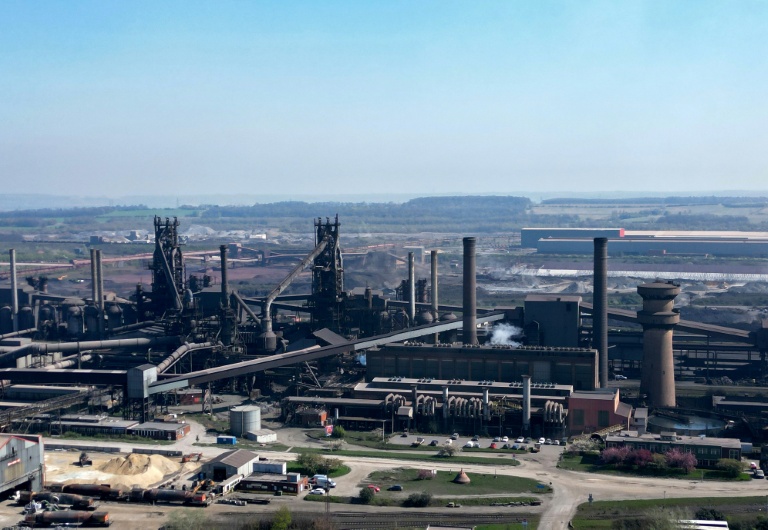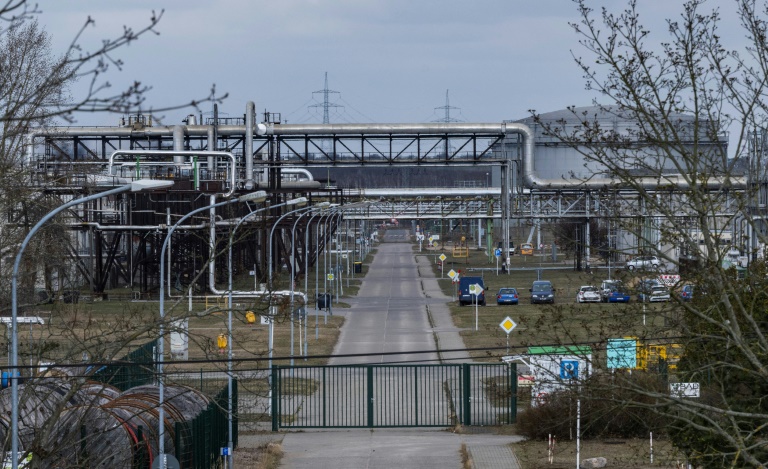Washington (AFP) – US authorities working on the Baltimore bridge collapse have opened the first of two small, temporary channels for ships helping clean up the site of the catastrophe.
Officials said these channels will initially only be open to smaller vessels involved in the Francis Scott Key Bridge cleanup operation, and will not be big enough to allow cargo and container ships to pass through. The first of these channel opened on Monday, and a second, slightly deeper channel will be opened in the coming days, Maryland governor Wes Moore told reporters.
The opening of the temporary route “will help us to get more vessels in the water around the site of the collapse,” he told a press conference. This will allow more workers to pitch in toward the mammoth task of clearing the harbor of the bridge, which was destroyed in seconds last Tuesday when an out-of-control cargo ship struck it, killing six people.
The authorities hope that removing the bridge — by cutting it into smaller sections and lifting them out — will help rescuers recover all the victims’ bodies and eventually reopen the crucial shipping lane. Two transits are scheduled through the first channel on Monday evening for “barges and tugs to come and get out of the Port of Baltimore so they can bring stuff in in the future,” US Coast Guard rear admiral Shannon Gilreath told reporters during the press briefing.
On Friday, President Joe Biden is due to visit the port city, which is about 40 miles (64 kilometers) north of Washington, the White House announced.
– No public use –
The first temporary channel has a depth of at least 11 feet (3.4 meters), a 264-foot horizontal clearance and vertical clearance of 96 feet, the multi-agency task force overseeing the operation said in a statement. This temporary channel “is not big enough for any container or cargo ships to pass through,” US Coast Guard petty officer Carmen Caver told AFP. “They’re working on a plan to make it slowly open to more and more people,” she added.
The port of Baltimore is a key hub for the auto industry, handling almost 850,000 autos and light trucks last year — more than any other US port — according to Maryland state figures. It also ranked first for farm and construction machinery, as well as imported sugar and gypsum, and second for coal exports.
The operation to recover the missing bodies and to reopen the port to larger vessels has been hampered by the challenge of diving around the structure, according to Moore. “We’re talking about water that is so murky and so filled with debris that divers cannot see any more than a foot or two in front of them,” he said. “We have to move fast, but we cannot be careless,” he added.
© 2024 AFP

